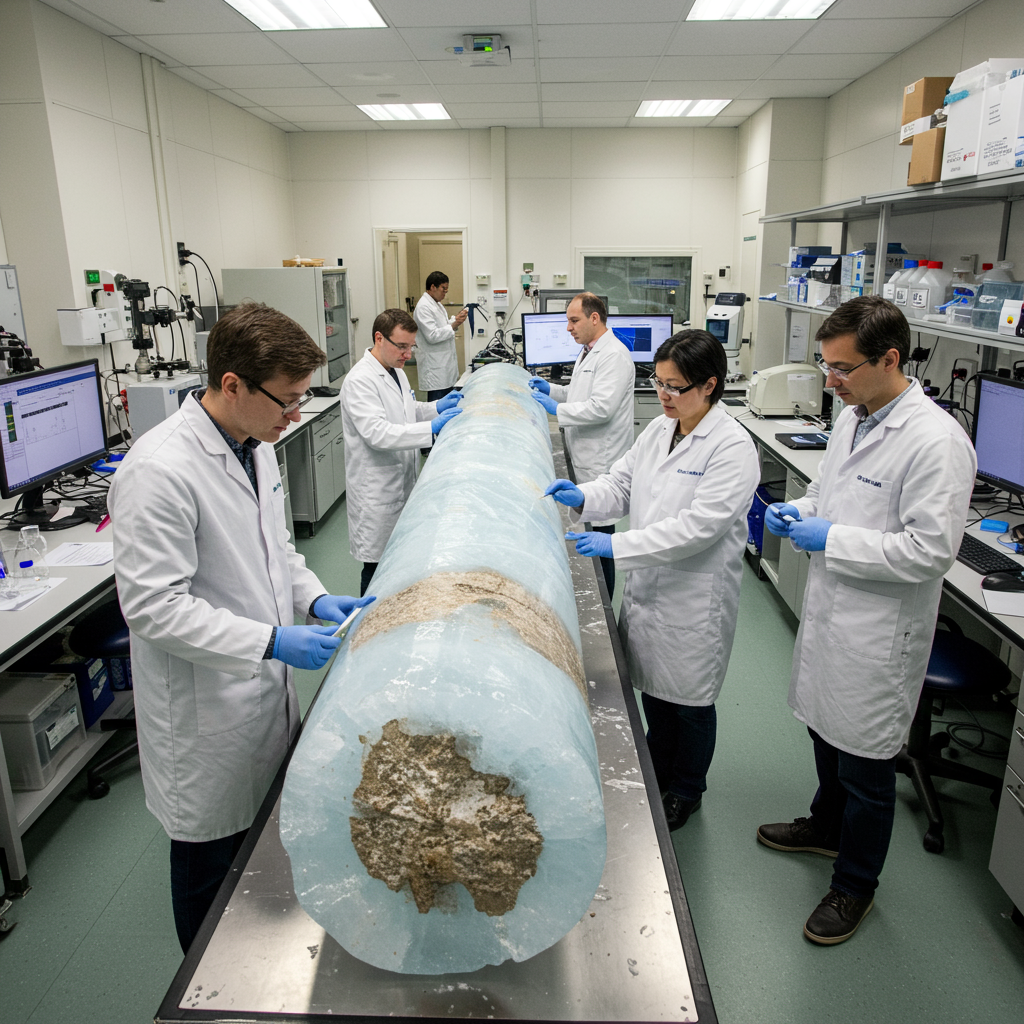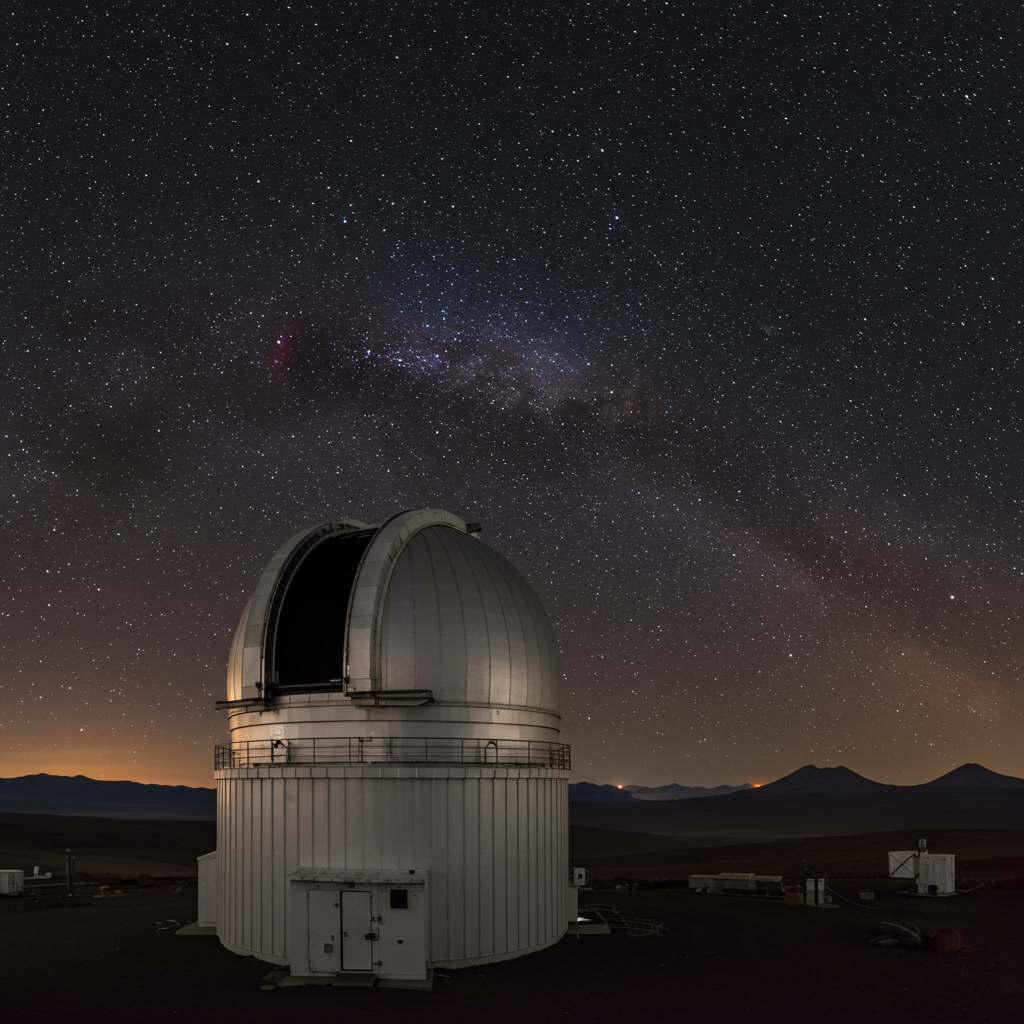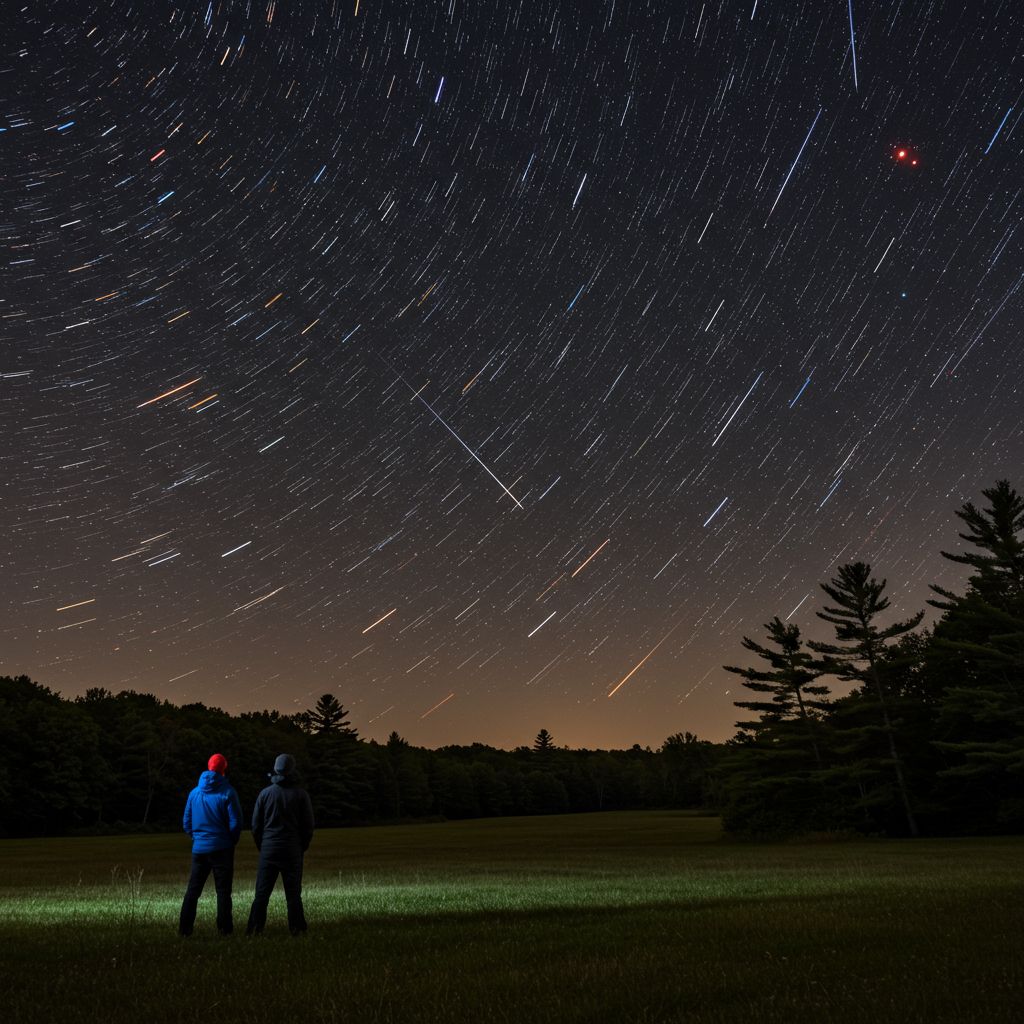High above powerful thunderstorms, fleeting bursts of light dance in Earth’s upper atmosphere. These mysterious displays, known as Transient Luminous Events (TLEs), are rarely witnessed from the ground. However, a recent photograph captured by an astronaut aboard the International Space Station (ISS) offers an extraordinary glimpse into one such phenomenon – a vibrant ‘sprite lightning‘ event. This stunning image not only captivates the public but also provides invaluable data for scientists studying atmospheric electricity.
Capturing the Elusive Sprite From Orbit
NASA astronaut Nichole “Vapor” Ayers recently shared a breathtaking photograph of a suspected sprite captured from her unique vantage point 250 miles above Earth’s surface. The image shows a reddish discharge extending upward from the top of a thunderstorm over Mexico and the U.S. Desert Southwest. “Just. Wow,” Ayers commented on social media, perfectly summarizing the awe-inspiring nature of the sighting. This observation highlights the incredible perspective available from the ISS, offering a view of high-altitude atmospheric events unobstructed by clouds or the dense lower atmosphere.
What Exactly Are Transient Luminous Events (TLEs)?
Transient Luminous Events (TLEs) are a category of electrical phenomena that occur high above thunderstorms, unlike the familiar lightning bolts seen near the ground. They are brief, powerful flashes or glows that happen in the mesosphere, stratosphere, or even the thermosphere. Sprites are the most commonly observed type of TLE, but the family also includes phenomena like blue jets, elves, and ghosts. TLEs are difficult to study from Earth’s surface due to their high altitude, short duration (often milliseconds), and the fact that they are frequently obscured by the very thunderclouds that trigger them. Historically, sightings were often dismissed as folklore or pilots’ tales until the first definitive photographic evidence emerged in 1989.
Sprites: Red Giants Triggered by Thunderstorms
Sprites typically manifest as large, reddish-orange discharges resembling giant jellyfish or columns that flash high above thunderstorm clouds. They are triggered by intense electrical activity within the storm, specifically thought to be initiated by powerful positive cloud-to-ground lightning strikes. When a large positive charge is rapidly removed from the cloud top by one of these strikes, it creates a strong electric field extending far upwards into the atmosphere. This field can cause the thin air molecules in the mesosphere to break down and emit light, creating the sprite.
Sprites usually last only a fraction of a second. Their predominantly red color comes from the excitation of nitrogen molecules in the air at the altitudes where they occur (typically 30 to 60 miles up). While sometimes referred to as ‘sprite lightning bolts,’ it’s important to understand that they are not the same as the lightning that strikes the ground or travels between clouds; they are a secondary effect happening much higher up.
Sprite or Gigantic Jet? The Scientific Debate
While Astronaut Ayers initially identified her captured image as a sprite, there is ongoing scientific discussion about the precise classification of such events. Some TLEs, known as gigantic jets, also erupt upwards from thunderstorm tops. Gigantic jets, however, are thought to originate within the cloud’s anvil and extend all the way to the ionosphere (reaching even higher than sprites), often appearing more column-like or tree-like. Both sprites and gigantic jets are part of the TLE family, but the mechanisms driving each are subtly different. Scientists examining images like the one from the ISS use them to analyze the shape, color, duration, and altitude of the discharge to determine its specific type and better understand the conditions that create it.
Why Space-Based Observations Are Critical
Observing TLEs from the ground is exceptionally challenging. Sprites, for instance, are faint, high up, brief, and often hidden behind storm clouds. The International Space Station provides an unparalleled platform for observing these phenomena. Orbiting far above Earth’s weather systems, astronauts have a clear, unobstructed view downward onto the tops of thunderstorms. This unique perspective allows for clearer photographs and video recordings, enabling scientists to document sprite occurrences, study their shapes and characteristics, and pinpoint the exact location of the triggering thunderstorm below. Data gathered from space complements ground-based and high-altitude balloon observations, contributing to a more comprehensive global database of TLE activity.
Scientific Value and Broader Impacts
Studying sprites and other TLEs from locations like the ISS is crucial for several reasons:
Understanding Atmospheric Electricity: TLEs are evidence of complex electrical interactions between thunderstorms in the lower atmosphere and the electrically charged layers of the upper atmosphere, like the ionosphere. Research helps refine models of Earth’s global electric circuit.
Improving Weather and Climate Models: Insights into thunderstorm dynamics and how they trigger TLEs can improve forecasting accuracy, particularly for severe weather. Researchers are also investigating potential links between intense storms (possibly influenced by climate change) and TLE frequency. Some studies even explore whether TLEs might have a subtle inverse influence on atmospheric warming.
Aerospace Safety: As large-scale electrical discharges, TLEs could potentially pose risks to high-altitude aircraft or spacecraft navigation systems. Understanding where and when they occur helps develop technologies and protocols to mitigate these risks, enhancing aerospace safety.
Inspiring Public Engagement: Stunning images like the one captured by Astronaut Ayers generate widespread public interest in science and space exploration. Projects like NASA’s Spritacular citizen science initiative also allow amateurs to contribute observations, bridging the gap between the scientific community and the public.
Observations from different locations, including remote sites like the Himalayas where powerful lightning strikes have been linked to sprites, further enrich the dataset, providing a global perspective on how these phenomena behave across different geographical regions and storm types.
Nichole Ayers’ observation is part of her tenure aboard the ISS during NASA’s SpaceX Crew-10 mission. While photographing atmospheric phenomena is a valuable contribution, the crew’s primary focus involves conducting hundreds of scientific experiments covering diverse fields, including biology, materials science, and the effects of long-duration spaceflight on the human body.
Frequently Asked Questions
What are sprite lightning bolts and how are they different from regular lightning?
Sprite lightning bolts are a type of Transient Luminous Event (TLE) that occurs high above thunderstorm clouds, typically between 30 and 60 miles up in the mesosphere. Unlike regular lightning, which discharges electricity between clouds or from clouds to the ground, sprites are faint, brief, often reddish glows or flashes triggered by powerful positive lightning strikes below. They are a secondary atmospheric optical phenomenon, not a direct electrical discharge to the ground or between clouds.
Why are sprite lightning events so difficult to see from the ground, and what makes the ISS view unique?
Sprites are challenging to see from the ground because they are faint, occur at very high altitudes, last only a fraction of a second, and are usually obscured by the thunderstorm clouds that trigger them. The International Space Station orbits far above Earth’s weather systems (around 250 miles up), providing astronauts with a clear, unobstructed view looking down onto the tops of thunderstorms. This unique elevated perspective allows for clearer, more frequent observations and photographs of these elusive phenomena.
How do observations of Transient Luminous Events like sprites benefit scientific research and safety?
Observations of TLEs like sprites benefit science by providing data to understand complex electrical interactions between the lower atmosphere and the upper atmosphere. They help refine models of Earth’s global electric circuit, improve severe weather forecasting accuracy, and offer insights into thunderstorm dynamics. For safety, studying TLEs is important for assessing potential risks to high-altitude aircraft and spacecraft navigation systems and developing mitigation strategies.
Conclusion
The capture of a transient luminous event, potentially a sprite or gigantic jet, by Astronaut Nichole Ayers from the International Space Station is a powerful reminder of the dynamic and mysterious processes occurring in our planet’s atmosphere. These rare upper-atmospheric lightning phenomena, once considered mythical, are now subjects of intense scientific study. The ISS provides an indispensable platform for documenting these fleeting events, offering a perspective impossible to obtain from the ground. Data gathered from such stunning photographs contribute vital pieces to the puzzle of atmospheric electricity, helping scientists improve weather models, understand climate interactions, enhance aerospace safety, and continue to inspire curiosity about the wonders above us.



